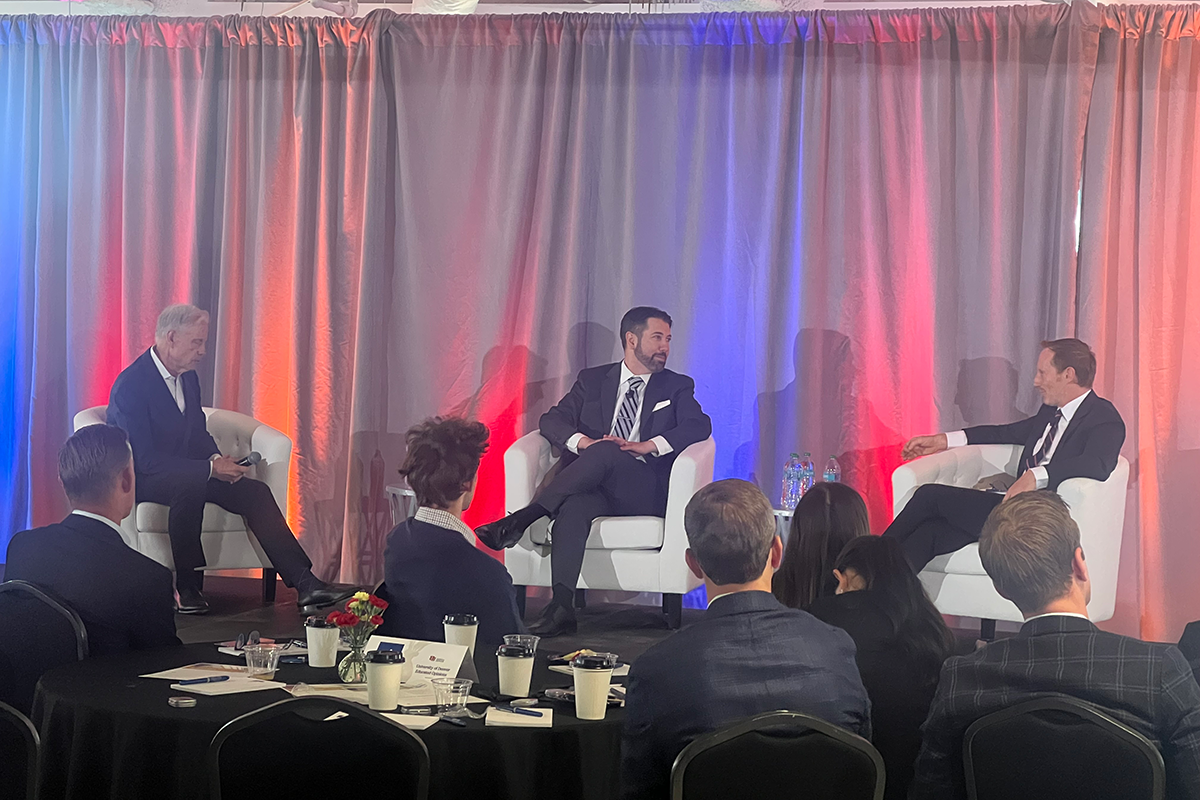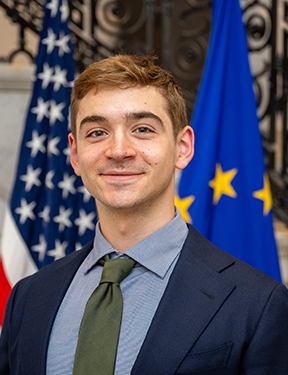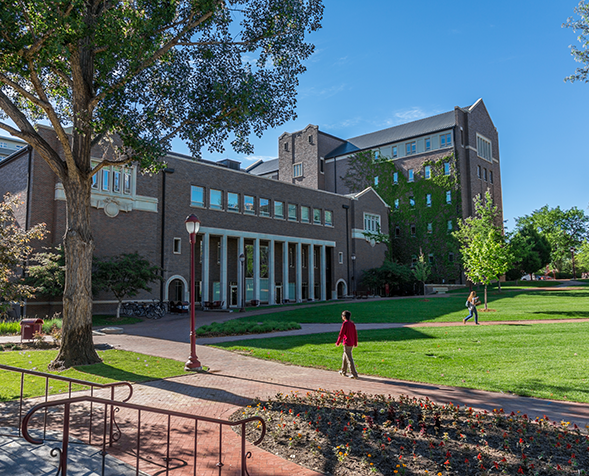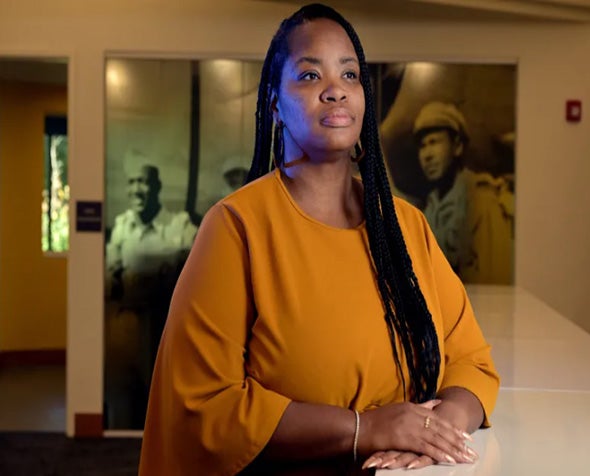Reviving Denver’s Downtown: Burns School Tackles Office Vacancy Crisis
Students, alumni and faculty from DU’s Franklin L. Burns School of Real Estate and Construction Management team up with industry experts to find the causes of—and solutions for—Denver’s declining downtown.

Credit: VISIT DENVER/Scott Dressel Martin
As the pandemic pushed employers to navigate a new work-from-home world, Denver—like most cities in America—saw a dramatic reduction in the number of people going downtown to work.
Now, four years on, the impacts are still being felt. On average, only 59% of office spaces are occupied during the work week. And as the downtown emptied, ongoing construction on the 16th Street Mall, coupled with decreasing perceptions of safety, have slashed property values and tax revenues and left some wondering what the city’s future will hold.
Revitalizing Denver’s once-vibrant downtown is the goal of the Burns School’s Educated Opinions program. Last year, the program’s core team, including David Thomson (BSBA ’86), vice president private client services at KAIROI Residential; Rick Pederson (JD ’74), partner at Bow River Capital; George Thorn, executive in residence at the Daniels College of Business; and Mark Levine (JD ’68), professor in the Burns School, set out to understand the scope of the impact that high office vacancy has had across different industries and neighborhoods in and around downtown Denver—and to start building a path forward.
The team selected four student fellows to work with them and other real estate professionals to develop an investigation and conduct research for the project, called “The Future of Office Space in Downtown Denver.”
The team conducted a year-long survey with downtown Denver stakeholders and presented their findings in September at Educated Opinions 2024: Unlocking the Future of Downtown Denver, an event that included a panel discussion with Denver Mayor Mike Johnston and various industry leaders.
Under the mentorship of Levine, Thomson, Thorn and Pederson, the student fellows—graduate students Colton Hiler from the MBA program and Collin Mardis and Nikki Dedic from the real estate and built environment program, and undergraduate international studies major Micah DenBraber—conducted dozens of interviews over the course of the year with elected officials, tenants, urban planners, lenders and other stakeholders to find trends and perspectives on downtown Denver and its future.
Research finds uneven impact across city neighborhoods
The results were clear: Office vacancies remain high, years after the pandemic pushed tenants to work remotely. Not all of the neighborhoods were impacted the same, and in the years since, some areas, like LoDo, have recovered and seen continued development while others, like Uptown, have not.
The differing levels of recovery are driven by several factors, ranging from access to transit and proximity to other businesses to the age of office buildings and available amenities.
“The built environment really can influence our society—it can influence perceptions of safety, as well as the quality and availability of restaurants and arts venues,” DenBraber says. “It’s important to get people to see the part of the city that they live in is not just a place to go to and work at, but actually, it's a place that you go home to.”
Conversion to residential units and other paths forward
Their research also examined the possibility of converting vacant office spaces into residential units, which could reduce the impacts on property values, increase Denver’s limited housing supply and increase the number of people who are downtown on any given day. But a lack of suitable buildings and cautious financial markets pose significant barriers, with limited potential for impactful results.
The study found that making the city an attractive place to work and live in is necessary to revitalize downtown Denver—and will require a multipronged approach, including collaboration among policy makers, businesses and residents. For DenBraber, the project also offered an opportunity to hone his professional skills and reflect on his goals for a career in public policy.
“I felt especially privileged to take part in this because the members of the executive committee kind of took a risk in bringing me on board, being a lot younger, being a non-business student,” says DenBraber. “I made fantastic connections, especially with David [Thomson], who is just such a prolific connector, and someone who has given me a sense of direction of what kind of role I want to play in my career and in my community.”












